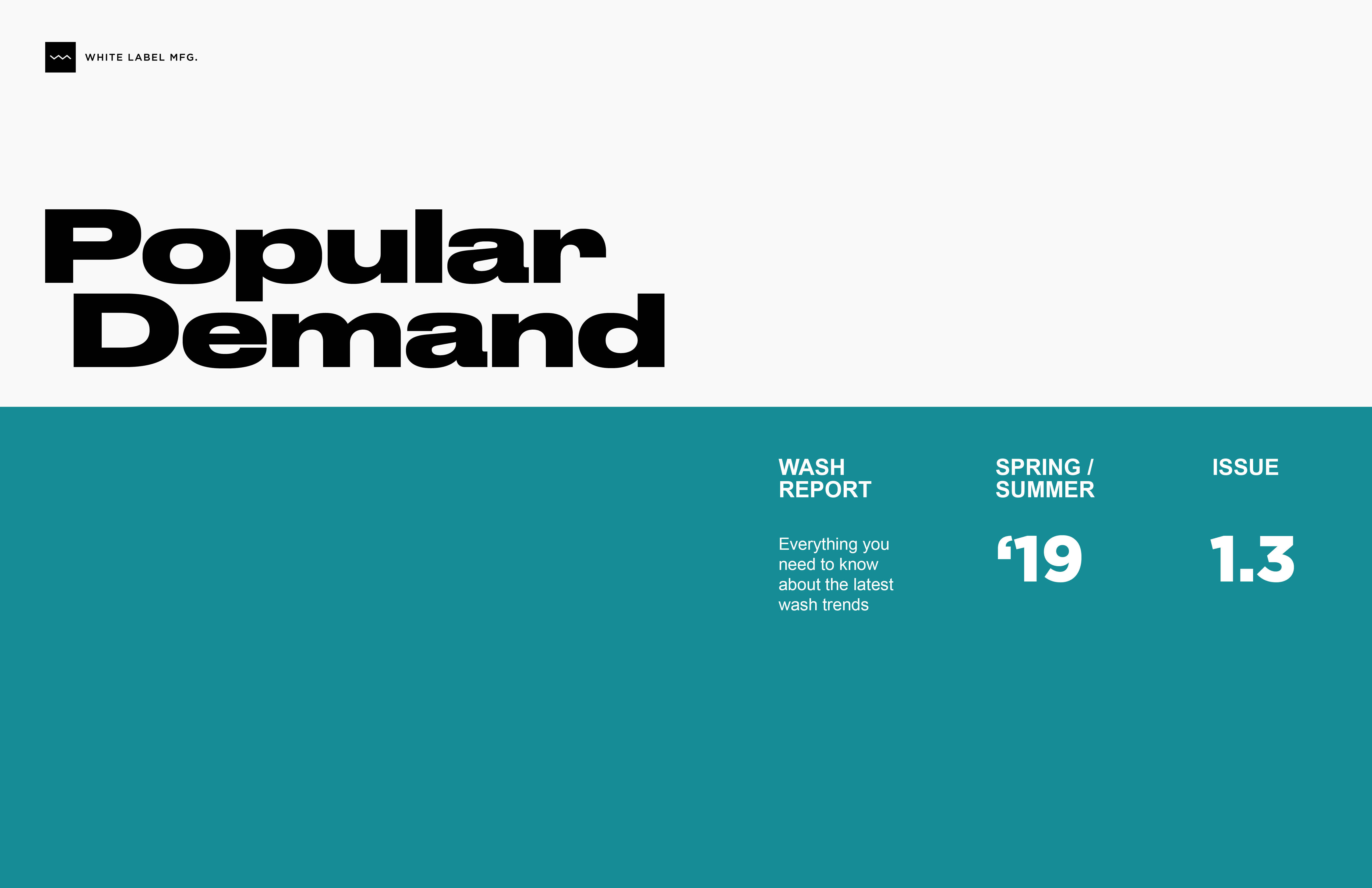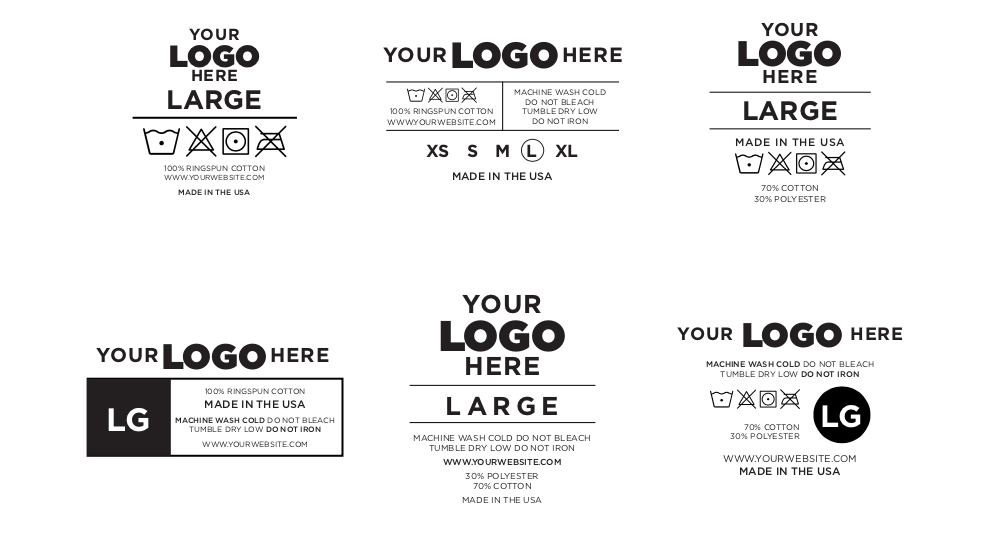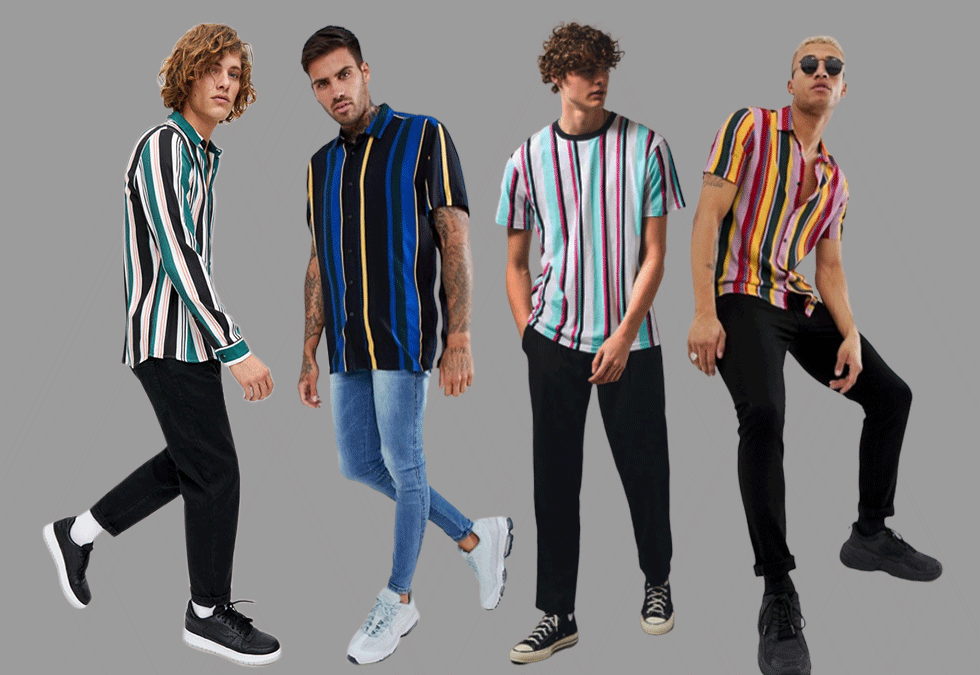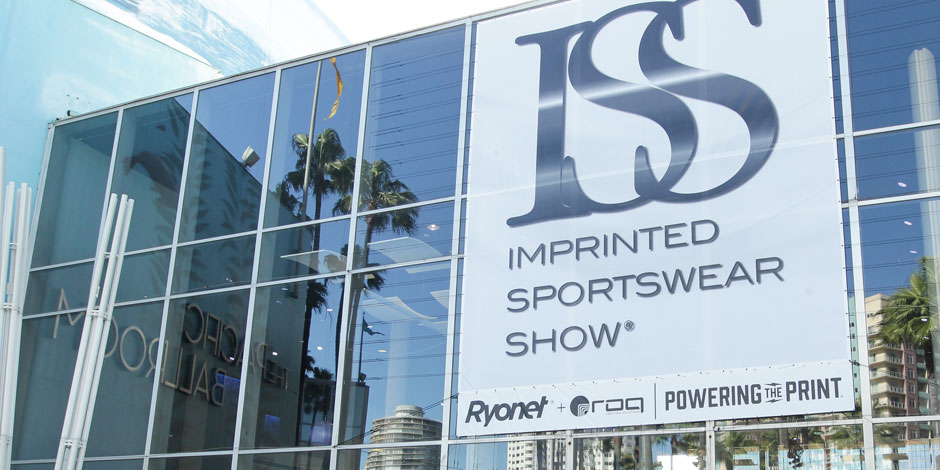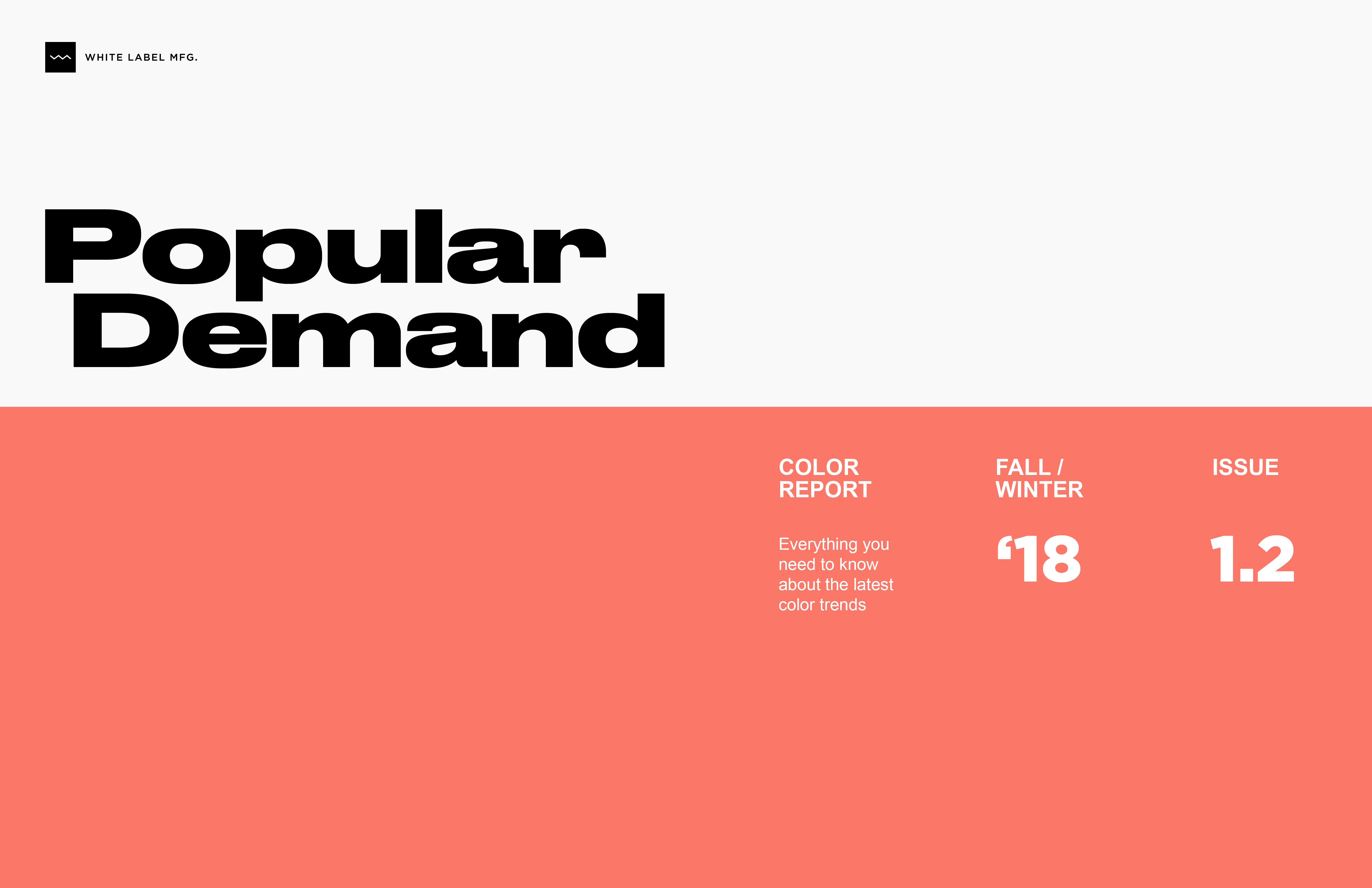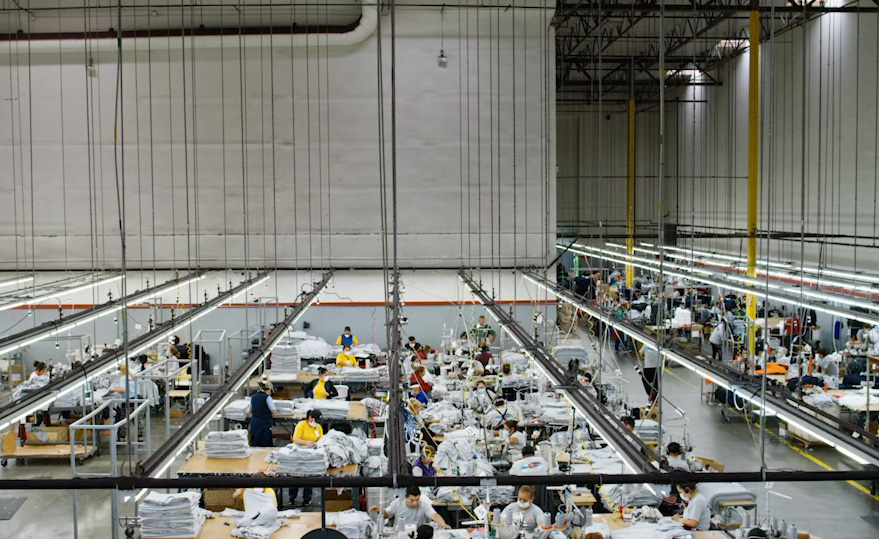
Navigating the world of cut and sew sourcing can be daunting, with challenges ranging from fabric quality issues to managing lead times. For many, the process can feel overwhelming, leading to costly mistakes and delays. However, with the right strategies, these obstacles can be overcome efficiently.
In this article, we’ll dive into some of the most common challenges you might face, such as ensuring consistent fabric quality, handling minimum order quantities, and managing production timelines. By addressing these key areas, you can streamline your sourcing process and achieve better results.
We’ll also explore effective cost management techniques, ethical sourcing practices, and the importance of strong communication with your factory. These insights will help you build a more reliable and sustainable cut and sew operation, ensuring that your apparel line not only meets quality standards but also aligns with your brand values.
Understanding Fabric Quality
Ensuring the quality of your fabric is paramount. Low-quality materials can result in products that don’t meet your standards, causing dissatisfaction among your customers. To avoid this, always request samples before placing large orders. Conduct thorough quality checks to ensure the fabric meets your specifications. Building strong relationships with reliable suppliers who understand your quality standards can also help mitigate this risk. These relationships can lead to better terms and more consistent quality over time.
Managing Lead Times
Delays in production can be one of the most frustrating aspects of cut and sew sourcing. These delays can disrupt your entire supply chain, leading to missed deadlines and potential revenue loss. To manage lead times effectively, establish clear timelines with your suppliers from the outset. Maintain constant communication to stay updated on the production progress. Additionally, working with multiple suppliers can provide a safety net, ensuring that if one supplier faces delays, another can step in to keep your production on schedule.
Ensuring Consistency
Consistency in production is crucial for maintaining your brand’s reputation. Inconsistent products can lead to customer dissatisfaction and increased returns. To ensure consistency, regularly inspect production samples and provide detailed technical packs to your manufacturers. These packs should include comprehensive instructions, specifications, and quality standards. Clear, concise instructions help avoid misunderstandings and ensure that your vision is accurately translated into the final product.
Handling Minimum Order Quantities (MOQs)
Minimum order quantities (MOQs) can be a significant hurdle, especially for smaller brands. High MOQs can tie up capital and lead to excess inventory. To navigate this challenge, try negotiating with suppliers for lower MOQs, especially if you have a good relationship with them. Look for manufacturers who specialize in low-MOQ production, as they are often more flexible. Another strategy is to group purchasing with other brands to meet MOQs collectively, thereby reducing individual burdens.
Cost Management
Cut and sew operations can be expensive, with costs quickly adding up. Creating a detailed budget and keeping track of all expenses is crucial. This includes material costs, labor, shipping, and any unforeseen expenses. Always have a contingency plan for unexpected costs, such as fluctuations in material prices or shipping delays. Effective cost management ensures that your operation remains financially viable and that you can price your products competitively.
Ethical Sourcing
Ethical considerations are becoming increasingly important in the apparel industry. Consumers are more aware of labor practices and environmental impact, making it essential to ensure that your suppliers adhere to fair labor practices and environmental standards. Conduct regular audits of your suppliers to verify their compliance. Transparency is key; be open with your customers about your sourcing practices. This not only builds trust but also enhances your brand’s reputation.
Building Strong Relationships with Your Factory
Building and maintaining a strong relationship with your factory is crucial for successful cut and sew sourcing. Clear, open communication can prevent many common issues and ensure that your production runs smoothly. Regularly visit your factory, if possible, to build rapport and understand their processes better. Use tools like video calls and messaging apps to stay in close contact, especially when working with overseas factories. Establishing trust and mutual respect with your factory partners can lead to better negotiation outcomes, improved quality control, and more reliable production schedules.
Five-Step Process for Finding and Vetting a Factory
Finding the right factory for your cut and sew needs involves careful research and vetting. Here’s a five-step process to help you find and select the best factory partner:
Step 1: Define Your Requirements
Before you start your search, clearly define your production needs. This includes the type of garments, materials, quantities, budget, and quality standards. Having a detailed technical pack can also help communicate your requirements effectively.
Step 2: Research Potential Factories
Use online directories, industry contacts, and trade shows to identify potential factories. Look for those with experience in producing similar products and a good reputation in the industry. Check their certifications and compliance with industry standards.
Step 3: Request Samples and Evaluate Quality
Contact the shortlisted factories and request samples of their work. Assess the quality of these samples against your standards. This step is crucial to ensure the factory can produce the level of quality you need.
Step 4: Conduct Factory Audits
If possible, visit the factories to conduct on-site audits. Evaluate their facilities, equipment, and workforce. Ensure they follow ethical labor practices and have adequate quality control measures in place. If an in-person visit isn’t possible, consider virtual tours or hiring a third-party inspection service.
Step 5: Review Terms and Negotiate
Once you’ve identified a suitable factory, review their terms, including pricing, lead times, and MOQs. Negotiate favorable terms that align with your needs. Establish clear communication channels and set expectations for ongoing collaboration.
Frequently Asked Questions
1. What is cut and sew sourcing?
Cut and sew sourcing involves finding and working with factories to produce apparel from scratch. This process includes selecting fabrics, creating patterns, cutting the fabric, and sewing it into finished garments. It offers greater customization and control over the final product compared to pre-made or wholesale clothing.
2. How can I ensure the quality of fabrics from suppliers?
Always request fabric samples before placing large orders. Perform thorough quality checks to ensure the material meets your specifications. Building strong relationships with reliable suppliers can also help ensure consistent quality.
3. What should I do if my factory has long lead times?
Establish clear timelines and maintain constant communication with your suppliers. Consider working with multiple suppliers to mitigate the risk of delays. Regular updates and proactive management can help keep production on schedule.
4. How do I handle high minimum order quantities (MOQs)?
Negotiate with suppliers for lower MOQs, especially if you have a strong relationship with them. Look for manufacturers specializing in low-MOQ production or consider group purchasing with other brands to meet the MOQ collectively.
5. How do I find a reliable factory for cut and sew production?
Start by defining your production needs clearly, then research potential factories through online directories, industry contacts, and trade shows. Request samples, conduct on-site audits if possible, and review terms carefully. Building strong communication and relationships with your chosen factory will ensure a smooth production process.
By tackling these challenges with proactive strategies and clear communication, you can achieve successful cut and sew sourcing for your apparel line. Ensuring fabric quality, managing lead times, maintaining consistency, handling MOQs, effective cost management, and building strong relationships with your factory are all critical components of a streamlined and sustainable operation. With these insights, you’ll be well-equipped to navigate the complexities of cut and sew sourcing, ultimately leading to a more efficient and reliable production process.
White Label MFG is an excellent sourcing partner, offering a world-class supply chain of factory partners around the globe. Our extensive network ensures top-quality production, while our ability to offer financing on orders to qualifying partners makes us a unique and valuable partner. Whether you’re a growing brand or an established name, White Label MFG can help you meet your production needs efficiently and ethically.

